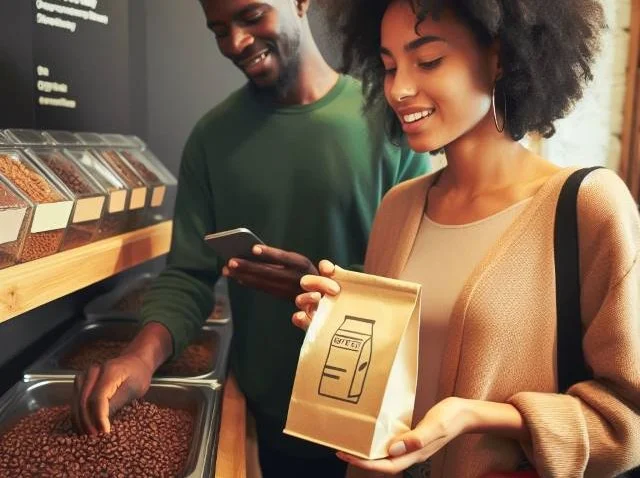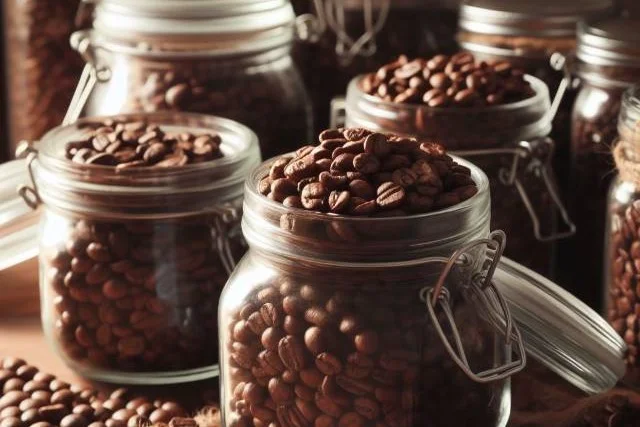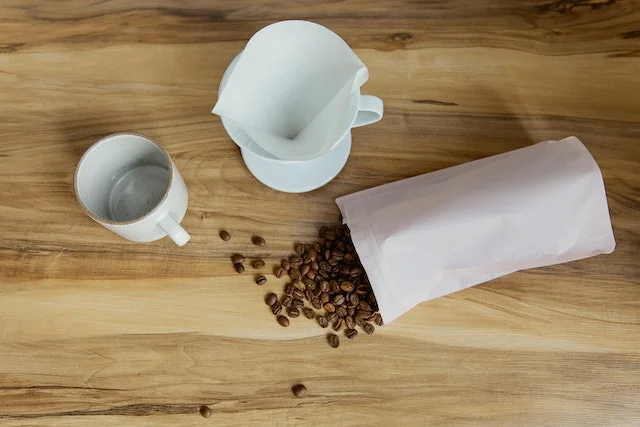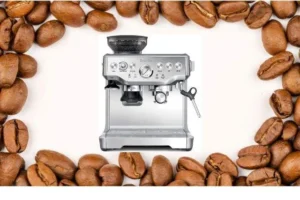Sustainable Coffee Packaging: A Necessary Shift for Roasters
Coffee roasters hold an important role in reducing waste – starting with sustainable coffee packaging their beans go into. Traditional coffee bags, pods, and containers come with sustainability issues. Most are made from plastic, foil, or other materials that end up in landfills and oceans.
Eco-friendly packaging presents a smart solution. Compostable, reusable, and recyclable materials protect coffee freshness without harming the planet. Roasters who make the switch benefit from meeting consumer demand for sustainability. It also shows commitment to an industry with growing environmental impacts.
Key Takeaways
- Packaging Problems: Conventional coffee packaging, often made of non-recyclable materials, harms the environment.
- Sustainability Elements: Sustainable coffee packaging includes compostable, reusable, and recyclable options, preserving coffee freshness and the environment.
- Consumer Concern: Coffee drinkers prioritize eco-friendly packaging due to environmental awareness and a desire to reduce waste.
- Leading Brands: Brands like Humblemaker, Blue Bottle, SF Bay Coffee, and Bean & Bean are setting examples by adopting sustainable coffee packaging solutions.
The Problem With Current Coffee Packaging

Standard Plastic Bags and Containers Are Not Sustainable
Most regular coffee bags use plastics like polyethylene, PET, and plant-based PP. These protect against moisture and oxygen. But few get recycled, even if labeled recyclable. Many bags feature multi-layer mixed materials that recycling centers reject. These non-recyclable bags litter landfills and contribute to plastic pollution. Releasing gases like methane during decomposition further fuels climate change.
Plastic canisters raise similar issues. Few consumers recycle coffee tins and containers once they dispose of them.
Foil Bags Leave Behind Plastic Waste
Shiny foil bags maintain coffee aromas. But they require plastic laminate layers to seal. When consumers toss foil bags, the plastic remnants stay behind. Most areas don’t recycle coffee foil packaging. The aluminum also gets rejected during the recycling process without proper separation.
Other Packaging Causes Quality Issues
Some coffee bag liners and lids contain chemicals like bisphenol A (BPA). Studies show these can leach into coffee beans during storage. Many multi-material packages use a mix of film, foil, paper, and plastics. This diversity makes them hard to break down or recycle.
Elements That Make Packaging Sustainable
Sustainable coffee packaging comes in compostable, reusable, and recyclable forms. It keeps coffee fresh without harming the environment.
Compostable Bags and Pods Break Down Naturally

Compostable coffee bags decompose into organic matter, which enriches soil. These plant-based bags require commercial composting facilities to biodegrade effectively. Most take a few months to break down. Compostable bags must meet standards like BPI or TUV OK Compost. Common materials include PLA plastic made from corn starch. Major brands like Lavazza and Illy now offer compostable capsules.
Reusable Canisters Reduce Waste
Stainless steel, glass, and other durable containers don’t create packaging waste. Consumers can reuse them many times. Brands now sell coffee in reusable tins and ceramic vessels. Consumers get to personalize and interact with the packaging. Bulk coffee dispensed into reusable containers also gains popularity.
Recyclable Materials Like Paper Break Down Easily
Paper bags provide a recyclable packaging option. They breathe well to maintain freshness. Kraft paper sacks with compostable cotton handles or ties work well. Paper labels clearly marked as recyclable boost the chance consumers recycle them correctly. However, paper bags still use resources and energy to produce. They also lack durability versus reusable containers.
Sustainable Packaging Maintains Coffee Quality
Eco-friendly materials protect coffee as well as less sustainable options. Compostable bags feature multilayer constructions with oxygen and moisture barriers. Reusable tins maintain aroma and prevent air exposure. Sustainable packaging preserves the coffee drinking experience while treading lighter on the earth.
| Type | Materials | Benefits | Limitations |
| Compostable | PLA, other plant-based plastics | Breaks down naturally | Requires commercial composting |
| Reusable | Glass, stainless steel, ceramics | Durable, customizable | Higher upfront costs |
Why Consumers Care About Sustainable Packaging

Coffee drinkers increasingly seek out sustainably sourced beans. Packaging ranks high on their list of concerns. Consumers want assurance their daily ritual doesn’t generate excessive waste. Compostable and reusable packaging provides a guilt-free experience. Knowing packaging gets recycled or doesn’t harm the environment makes a difference to consumers. Sustainable coffee packaging meets this emerging demand.
Brands Leading the Way in Eco-Friendly Packaging
- Humblemaker: Offers compostable single-use and reusable tin capsules for its coffee pods. Uses plant-based bags for whole bean packs.
- Blue Bottle: Changed its bags to compostable plant-based materials in 2020. Also sells reusable canisters.
How Roasters Can Adopt Sustainable Packaging

Coffee roasters looking to upgrade packaging sustainability can:
- Source from eco-friendly packaging vendors
- Update operations to handle new materials
- Create marketing campaigns around changes
- Get certifications like BPI or FSC
- Run pilot programs to find best options
The switch does require some investment. But it pays off through marketing value and environmental impact.
Make the Shift to Sustainable Packaging
Sustainable coffee packaging benefits roasters, consumers, and the planet. As public awareness grows, brands must revaluate traditional packaging. Compostable, recyclable, and reusable materials offer better solutions. They reduce waste while maintaining quality. Roasters who embrace eco-friendly packaging set themselves apart. They satisfy consumer demand and protect the environment. This future-focused approach strengthens loyalty and shows leadership. The time has come for coffee businesses to adopt smarter, sustainable packaging.








